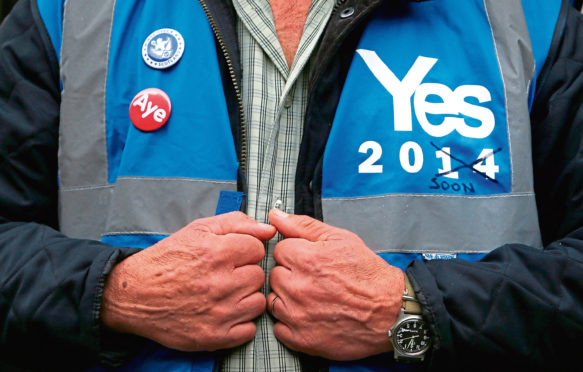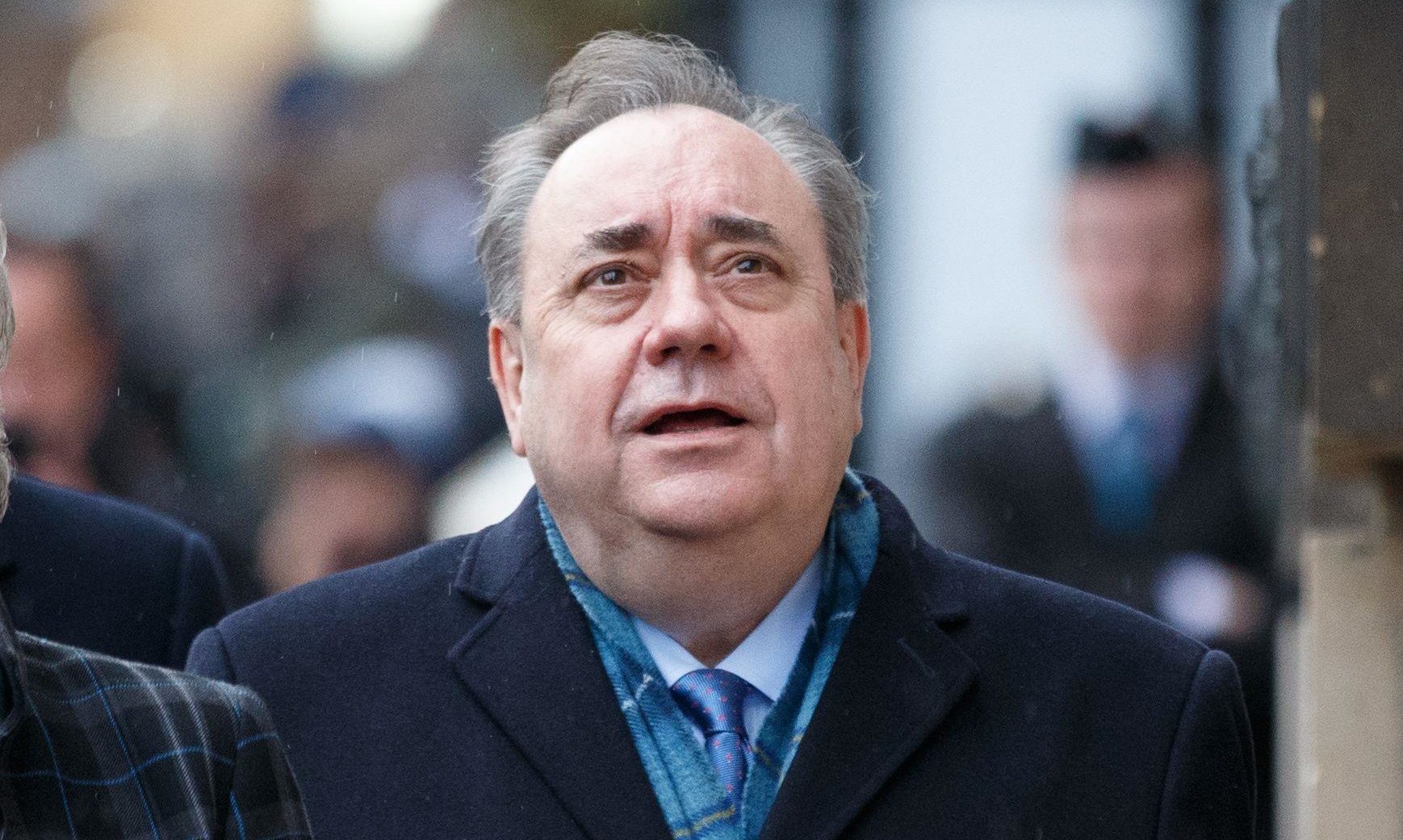SNP leader Nicola Sturgeon’s decision to U-turn on Indyref2 and switch to Plan B has everything to do with Alex Salmond and nothing with Scotland’s best interests.
The first minister used to think any independence referendum had to be legal. This meant getting a Section 30 order from Westminster. The 1998 Scotland Act which established the devolved parliament allows for a Section 30 order if Holyrood wants to use a power reserved to Westminster.
“To put beyond doubt or challenge our ability to apply the Bill to an independence referendum,” is how she described it.
The SNP used to boast 2014 was the “gold standard” of electoral process.
That only happened because David Cameron permitted a Section 30. Alex Salmond wouldn’t hold a referendum without one. Since that defeat, Plan A has been to get another for Indyref2.
‘The gold standard is gone’
As of last Sunday, the gold standard is gone. Sturgeon says she’ll hold a referendum and be damned. It would be up to others to take the Scottish Government to court if they thought Indyref2 illegal. That is Plan B.
To explain this, rewind. In the years since 2014 the economy has not grown, education standards have declined, poverty is worse and the NHS policy of “just enough” has been brutally found wanting in the pandemic.
However, Scots voted to stay in Europe while various Tory PMs have staggered towards Brexit.
The SNP has successfully used this to disguise its own record and suggest only independence can deliver a “fairer and more prosperous country”.
Salmond resigned on September 19 2014, taking responsibility for the defeat and what he thought would be a damning post-mortem.
But there was no backlash – quite the opposite, membership of the SNP boomed and Sturgeon and the party never looked back.
In this time Salmond became an MP, lost his seat, and irritated Sturgeon by maverick announcements. That pales against accusations of sexual misbehaviour of the kind that emerged in 2018.
The internal Scottish Government investigation into him was messed up, as Salmond proved in court, and he was found not guilty on 12 of the sexual assault charges he faced in a later trial, with another found not proven.
A Holyrood inquiry into how the government handled its process has been running for more than a year now.
Like anyone who thinks themselves slandered, Salmond has a passion to clear his name.
There are four people in his sights: Sturgeon, the ally who ‘betrayed’ him; her husband, Peter Murrell, chief executive of the SNP; Sturgeon’s chief of staff, Liz Lloyd; and Colin McAllister, head of policy.
Salmond disliked both advisers and it could be he resents being plotted against by people he regarded as second-rate.
As Salmond is hero of the movement, and as there are lots of Indy fans who think Sturgeon has been too cautious on independence, misguided on policy and wrong to shove her political grandad aff the bus, there is another dimension to all this.
Salmond smells a political comeback
Salmond smells a political comeback. The next leader of the SNP but one? Don’t bet against it. With Indy high in the polls, and politics being a game of snakes and ladders, who is to say that Salmond is yet to be instrumental in our national story?
Hence team Sturgeon’s quite unnecessary decision to switch Indy policy. Team B choose Plan B.
It is meant to divert attention from the Holyrood inquiry, which isn’t going well for either camp.
The idea is by appearing tough on Indy, there is no need for a Salmond revival.
Should the ex-FM upset Nicola’s path to victory, then he is the saboteur of Indy. That’s the theory, anyway. It hasn’t worked.
In the week marking the death of 100,000 Britons from Covid, talking up Indy was crass.
Turning the next Holyrood election into a referendum by any other name is silly, it gives soft supporters a reason to switch off Indy and energises the opposition.
The SNP was set for a landslide anyway. It puts Sturgeon on the wrong side of the law. It undermines her claim she is focused on Covid. It weakens the moral case around Scotland’s rejection of Brexit.
What if nobody challenges the process, but half the nation don’t bother to vote? Or if it does go to court and is ruled illegal?
Mixing internal feuds with the national interest is wrong. In trying to show they could outwit their nemesis, they blinked first. Big mistake.


